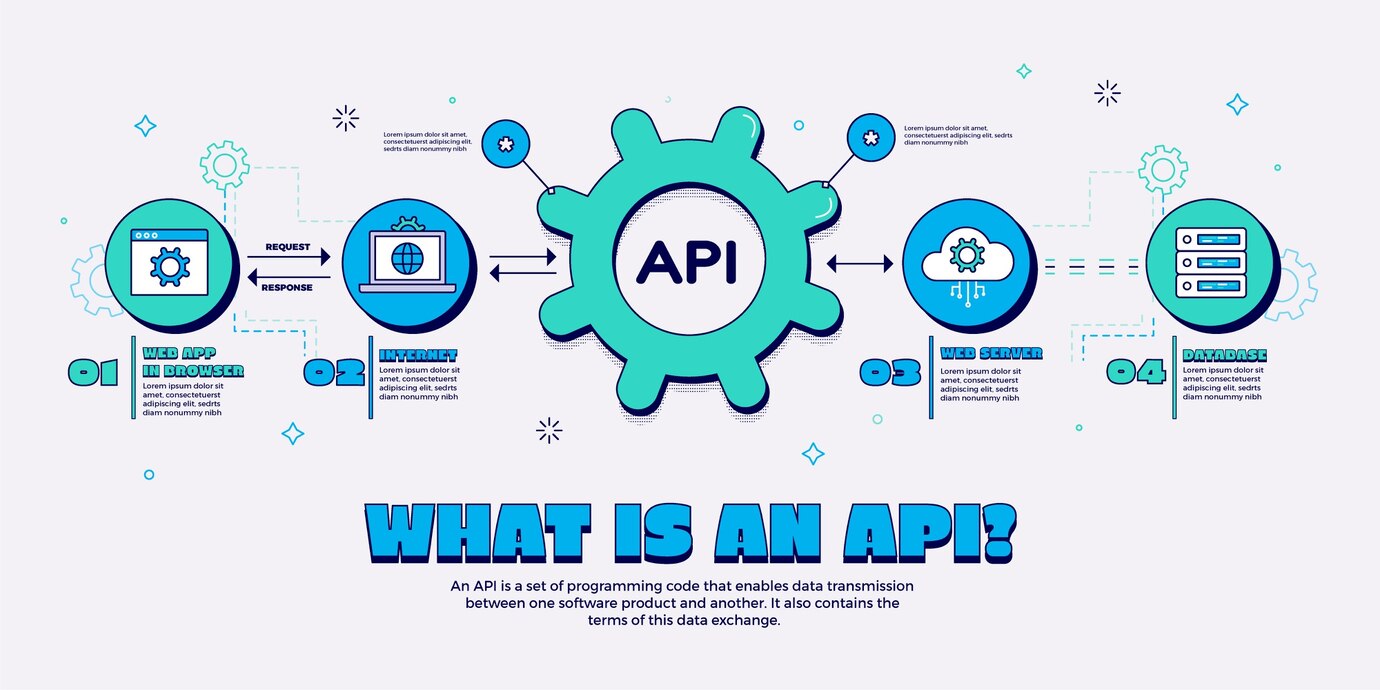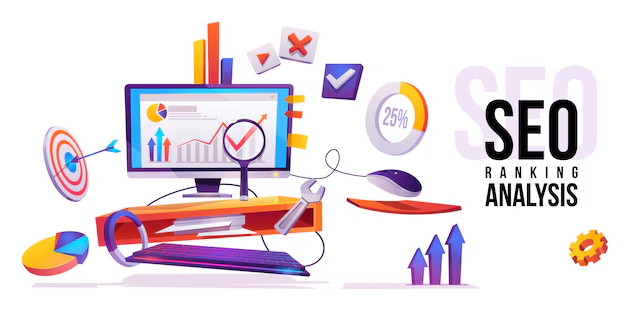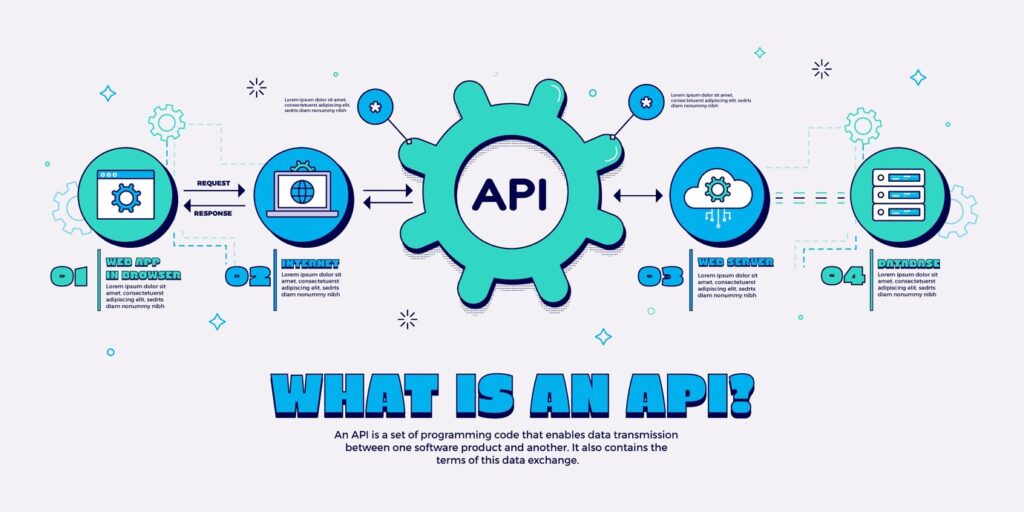API integration is defined as the connection between two or more applications, via their APIs, that lets those systems exchange data. Also, API integrations power processes throughout many high-performing businesses that keep data in sync, enhance productivity and drive revenue.
What is an API?
Perhaps the easiest analogy to explain the API is, of all things, the way international shipping has changed over time. Prior to war II, products were generally shipped as “break bulk” – loaded individually onto freight ships by squads of longshoremen.
However, after war II, the way freight was shipped changed permanently once intermodal freight transport gave rise to standardized shipping practices. So long as a company’s wares fit inside a container of agreed-upon size at an agreed-upon maximum weight, they might be shipped anywhere within the world.
In the same way, APIs act as shipping vessels for software. An API isn’t the same as an interface, or UI, which is the front-end interface layered on top of software that permits you to offer your application various commands to get it to do what you want. UIs are what humans use to interact with software; APIs are what machines use.
The most commonly-used API for web services: REST
For web-based services (that businesses use for CRM, marketing platforms, etc.), the most popular and prevalent API is the REST API (pronounced “rest ay-pee-eye”), essentially the spiritual successor to SOAP (a mature API developed within the 1990s that uses XML for message formats, and should require an in-depth XML framework to figure with.)
70% of public APIs are REST APIs. It is believed and proven that REST APIs offer more flexibility, a better learning curve, and work directly from an HTTP URL rather than relying on XML.
How do rest APIs work?
In their simplest form, REST APIs for web services usually involve the subsequent parties:
- Your web-based, API-enabled application
- Remote server
- Specific data request
- Returned data/function
While there are many various flavors of software and lots of different flavors of servers, REST APIs act as a uniform wrapper to assist your API-enabled applications in successfully communicating with online servers to make information requests.
OK, that covers what APIs are. Now, how do API integrations work?
The term API integration refers to how two or more applications can be connected to each other via their APIs to perform some joint function…using the API layer of two or more applications to form them and ask one another.
What is the value of building an API integration?
The cost of building one API integration can easily set you back $10,000+, counting on the complexity of the mixing and therefore the time investment of your developers. Using pre-built integration and automation tools, however, can cut your costs significantly and save your developers countless hours of labor.
How can I build an API integration?
Building an API integration from scratch requires a deep understanding of every system that you’d wish to connect, plus no bit of technical expertise. When planning your integration, think about using the subsequent framework:
- Outline your business case for the integration: What problems will this integration solve? How will the end-user interact with the integration?
- Assemble internal teams and resources: What additional tools and processes will I need to build this integration?
- Research the schema (the relationships between data) in each system: How can I create new relationships across these systems to ensure a clean data transfer?
- Building and testing the integration
- Monitoring integration performance
Why API integrations are important?
Developing a mobile application That works properly and is connected so you’ll push any updated data from one to the other is clearly helpful. But it’s more than that. In this case, API integration + automation also ensures data integrity across your stack without having to stress about versioning issues.
In theory, the out-of-the-box API integrations that accompany your different software applications solve all of your problems as you still use these various apps for marketing, sales, and revenue projects. In the world, you recognize that one-size-fits-all solutions rarely cover everything.





